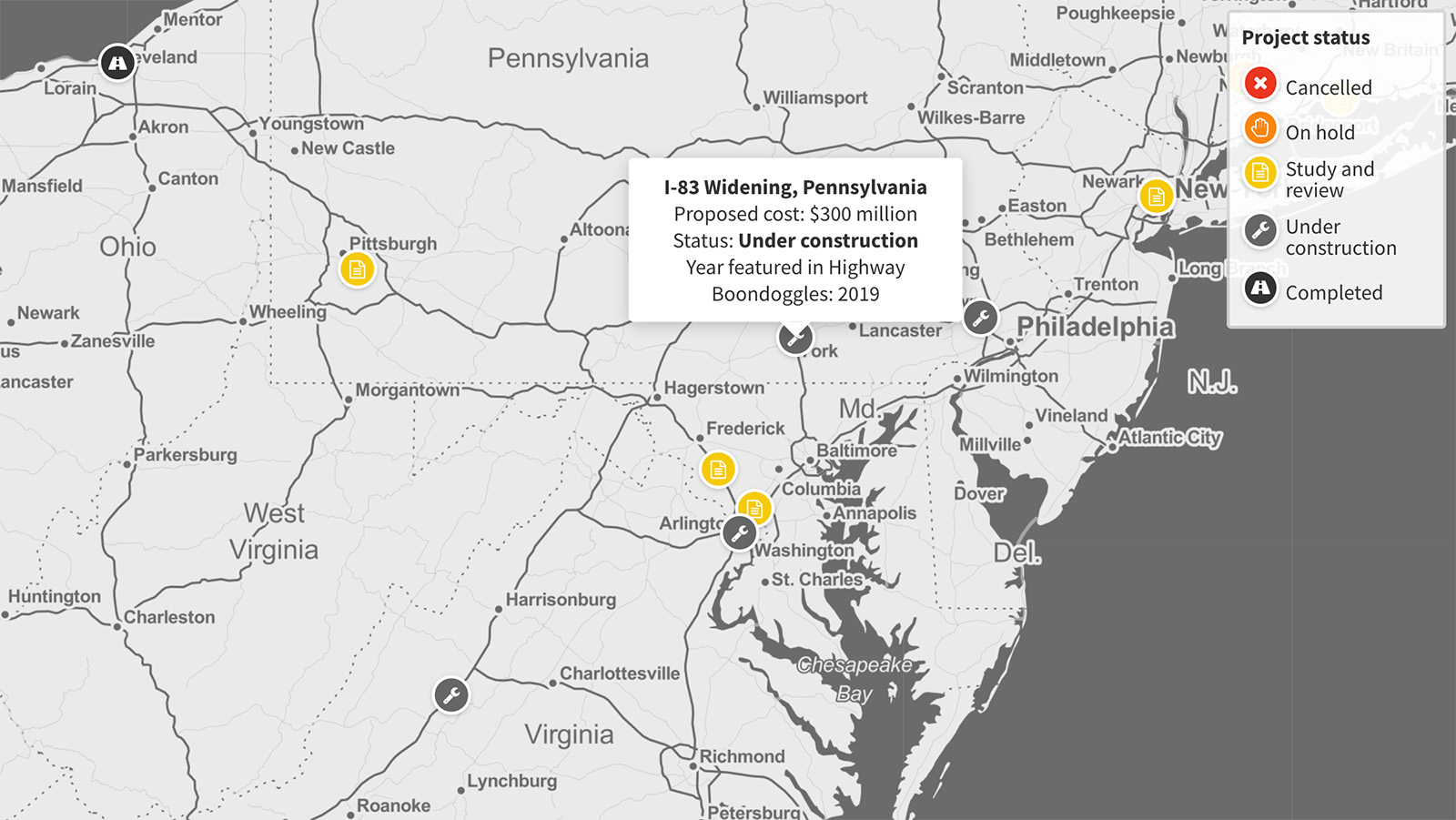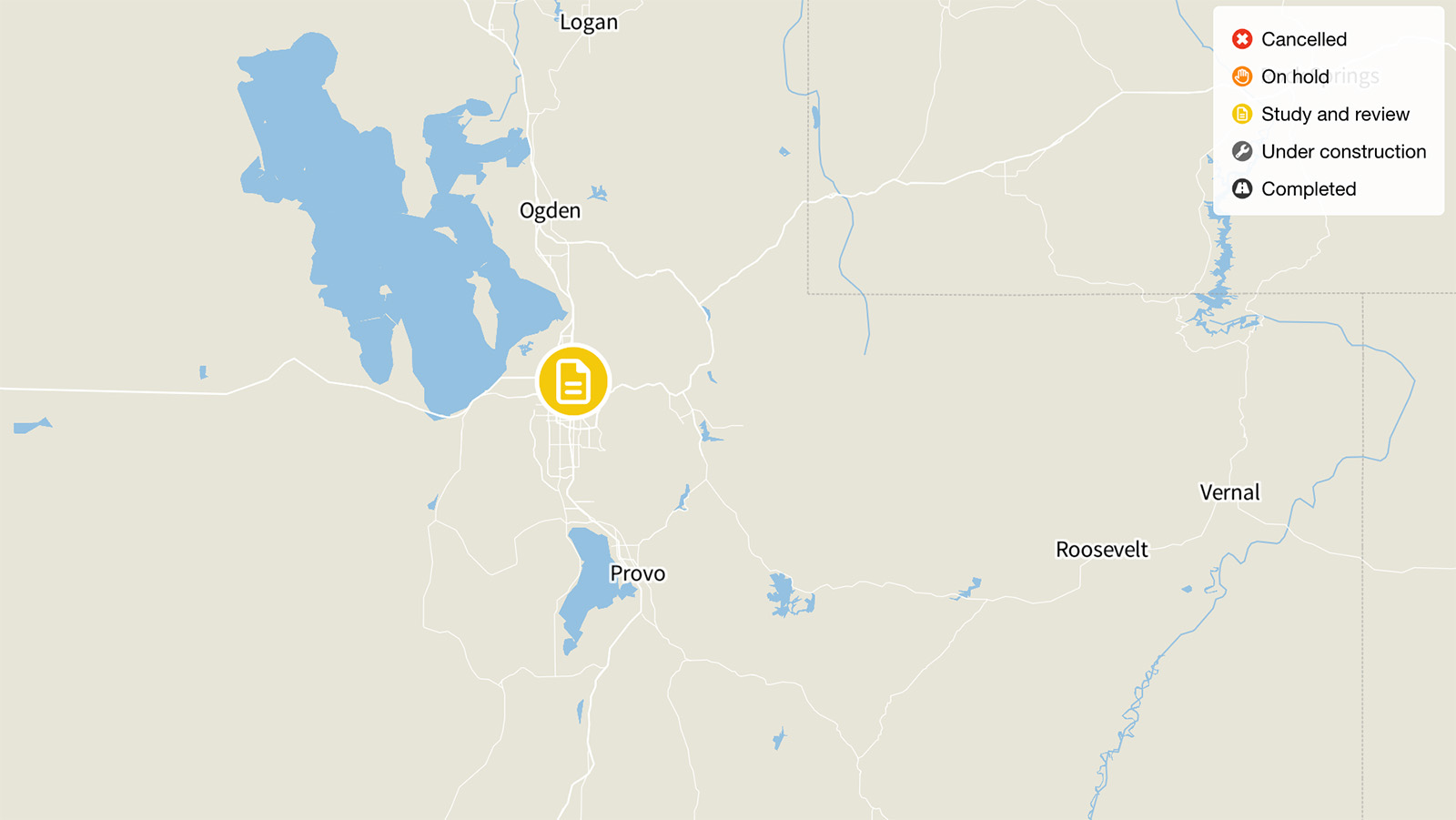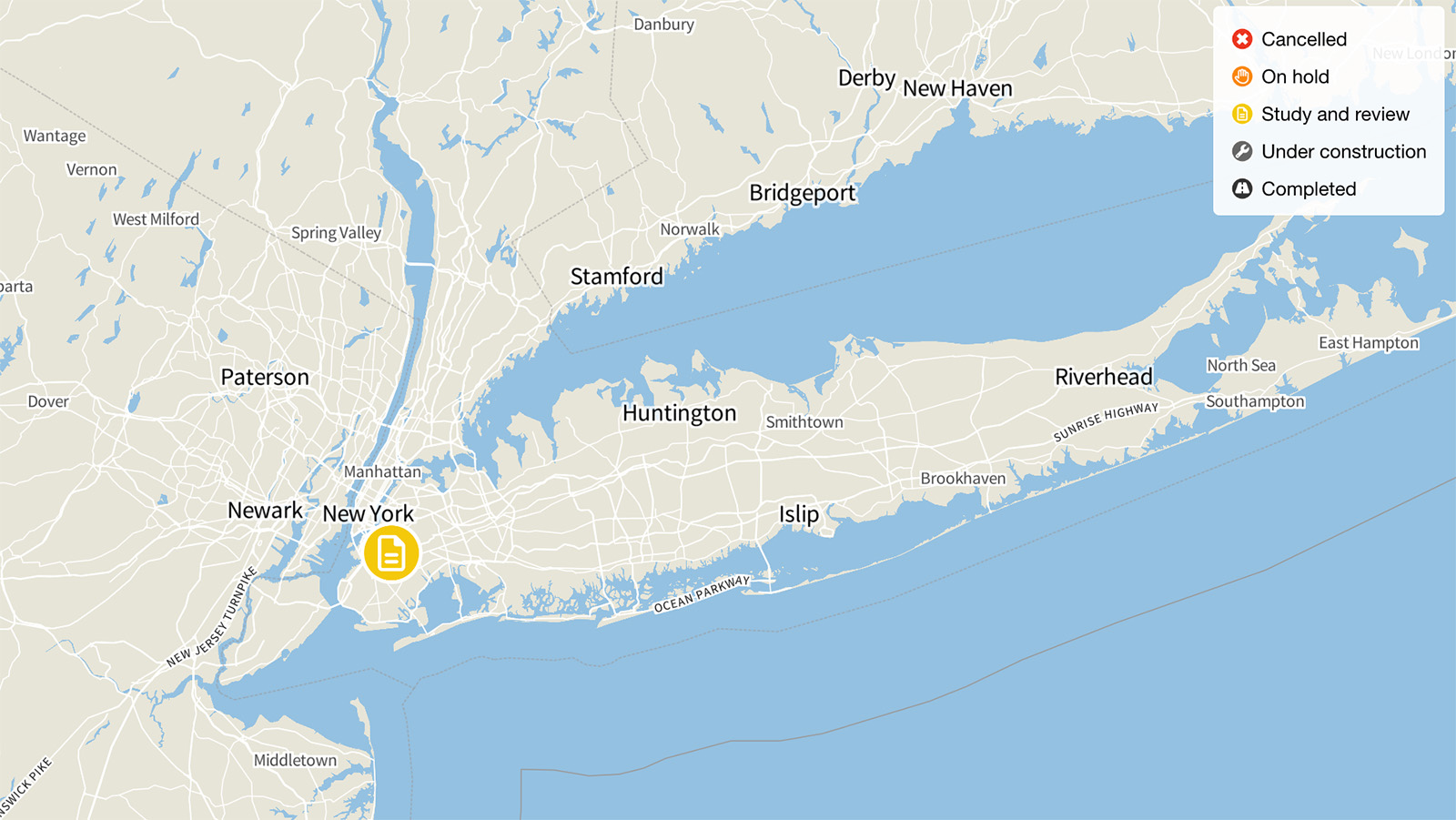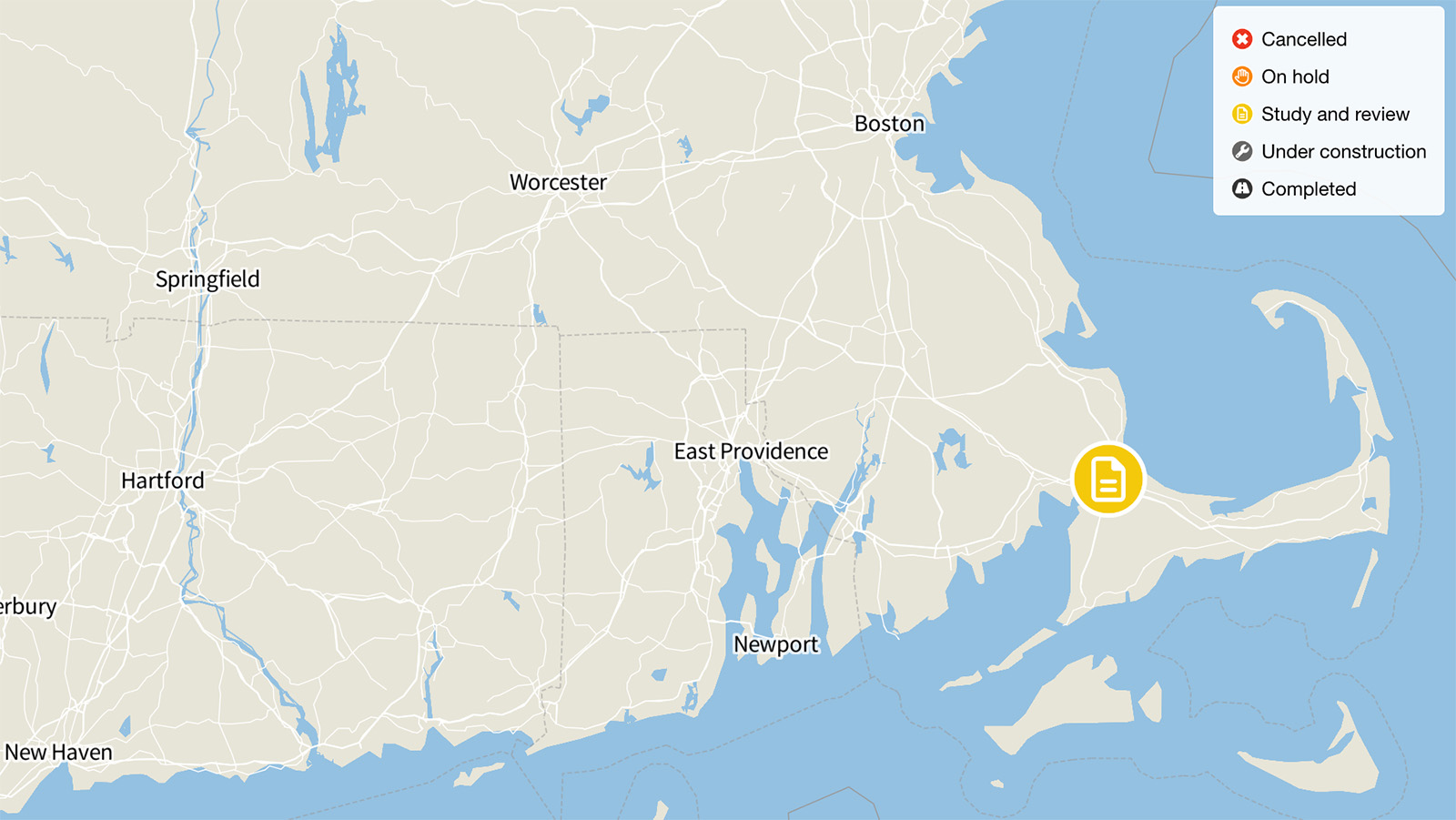
I-83 Widening, York County, Pennsylvania
Pennsylvania is moving forward with a plan to spend $300 million to widen I-83 in York County from four to eight lanes. But project documents fail to show how the project will solve any problems or bring clear benefits to the region.

Status: Under construction
Originally reported cost: $300 million
Update for current status:
As of September 2023, the I-83 Widening project is currently under construction.
Original story fromHighway Boondoggles 5:
Pennsylvania is moving forward with a plan to spend $300 million to widen I-83 in York County from four to eight lanes. But project documents fail to show how the project will solve any problems or bring clear benefits to the region.
According to the project website, aside from the vague primary goal of achieving “a more functional and modern roadway,” the main goal of the project is to “improve future traffic flow.” But the initial project study conducted for PennDOT notes that “the existing I-83 mainline corridor as well as the ramp merge and diverge areas operate with reasonable free-flow operations.” The study also found the road in decent condition, with “no significant defects were noted during a field inspection conducted in July of 2017.”
The study’s only mention of bad congestion in the corridor is that resulting from traffic incidents, which “cause long-lasting gridlock given the high volume of traffic.” These findings suggest that improving operations, including incident management, would be a better and cheaper strategy than expanding capacity. Indeed, the I-83 Master Plan notes that “[a]ny improvements made to this corridor should consider and evaluate” new strategies to improve system management and operations. These include new incident detection cameras to fill coverage gaps in the existing system, “speed management, and queue warning systems,” road weather information systems, and more.
For a rural and suburban highway outside of a major metropolitan area, a low-cost strategy of improving operations rather than making massive capital investments makes sense. It would also align with strategies preached by the Federal Highway Administration (FHWA). According to the FHWA, using so-called “transportation systems management and operations” strategies can help “make the most of the infrastructure already in place,” and the FHWA has sought to help transportation agencies reorient “from construction to management of the transportation system.”
By forgoing road expansion, and instead opting for a cheaper and likely more effective focus on better management and operations, Pennsylvania could both save money and better serve the needs of the region.

Topics
Find Out More


I-15 Expansion, Salt Lake City

The Brooklyn-Queens Expressway, New York


